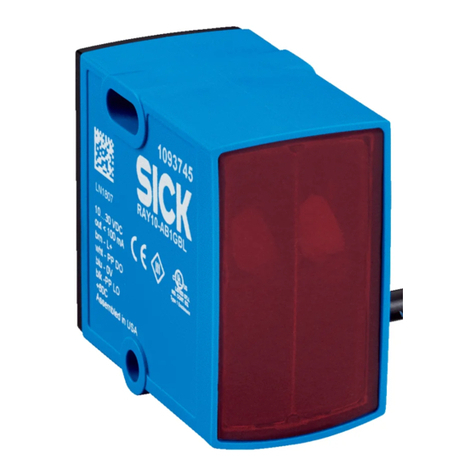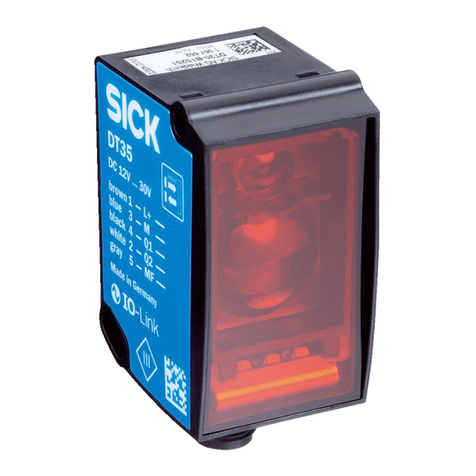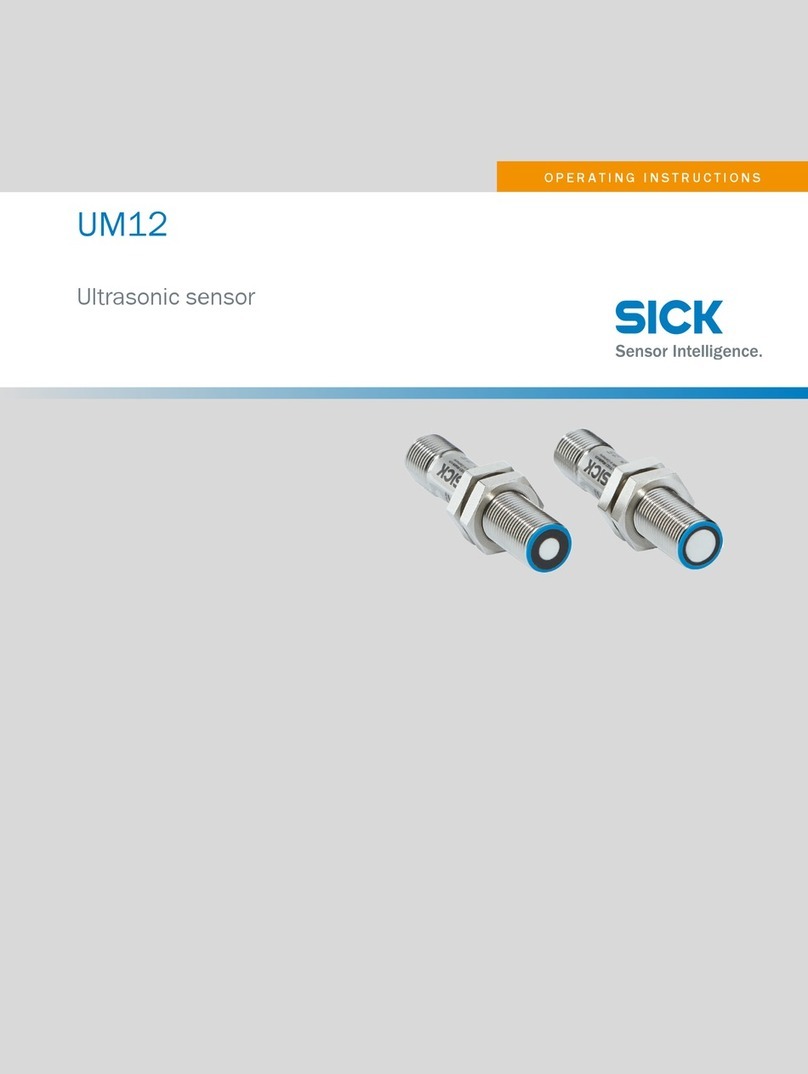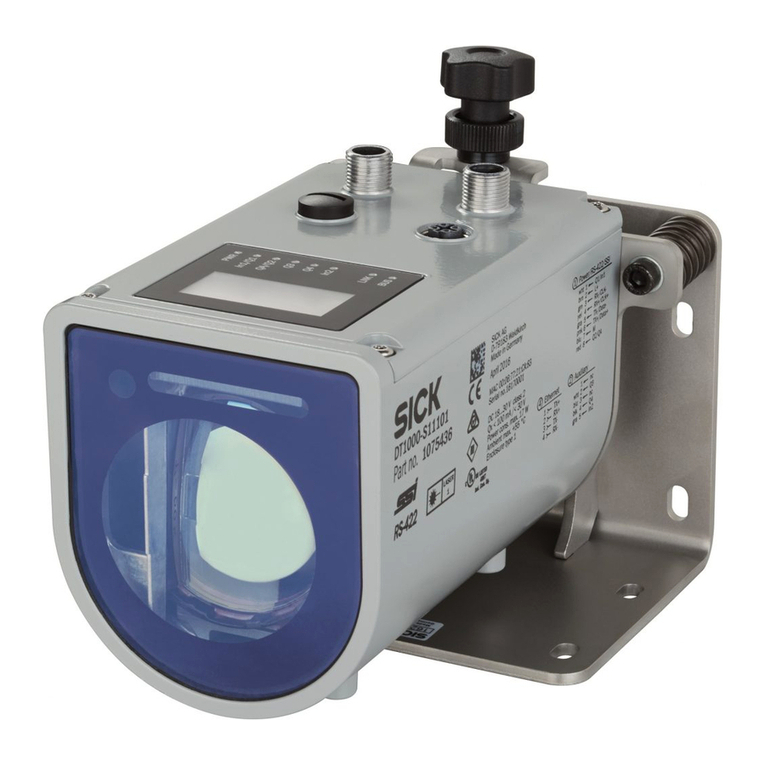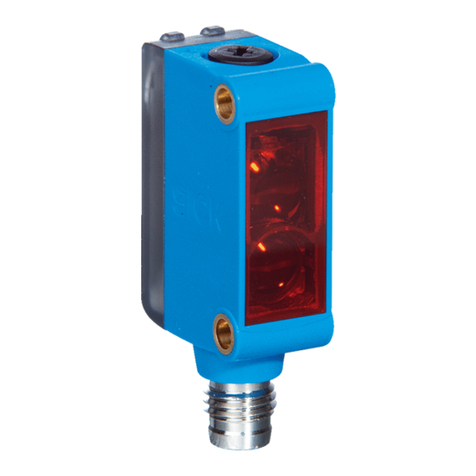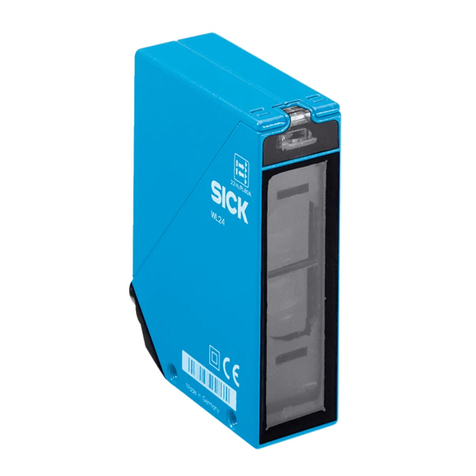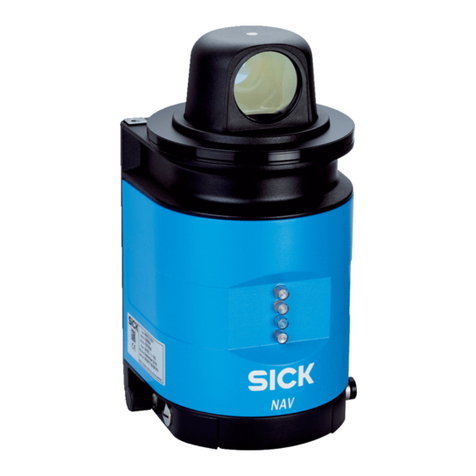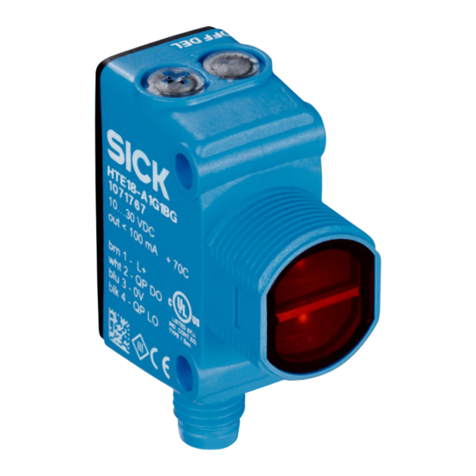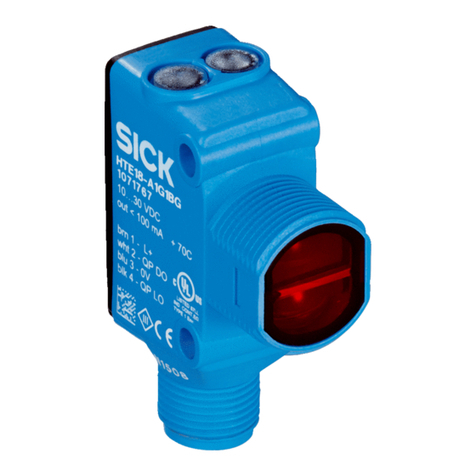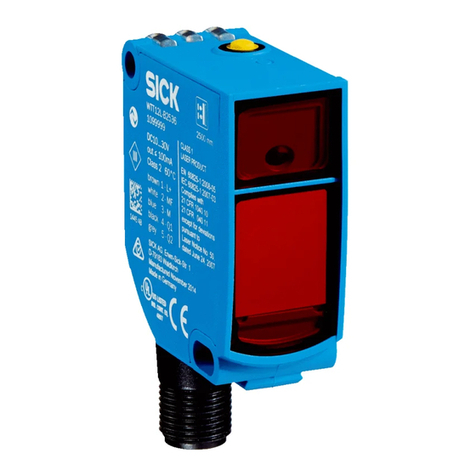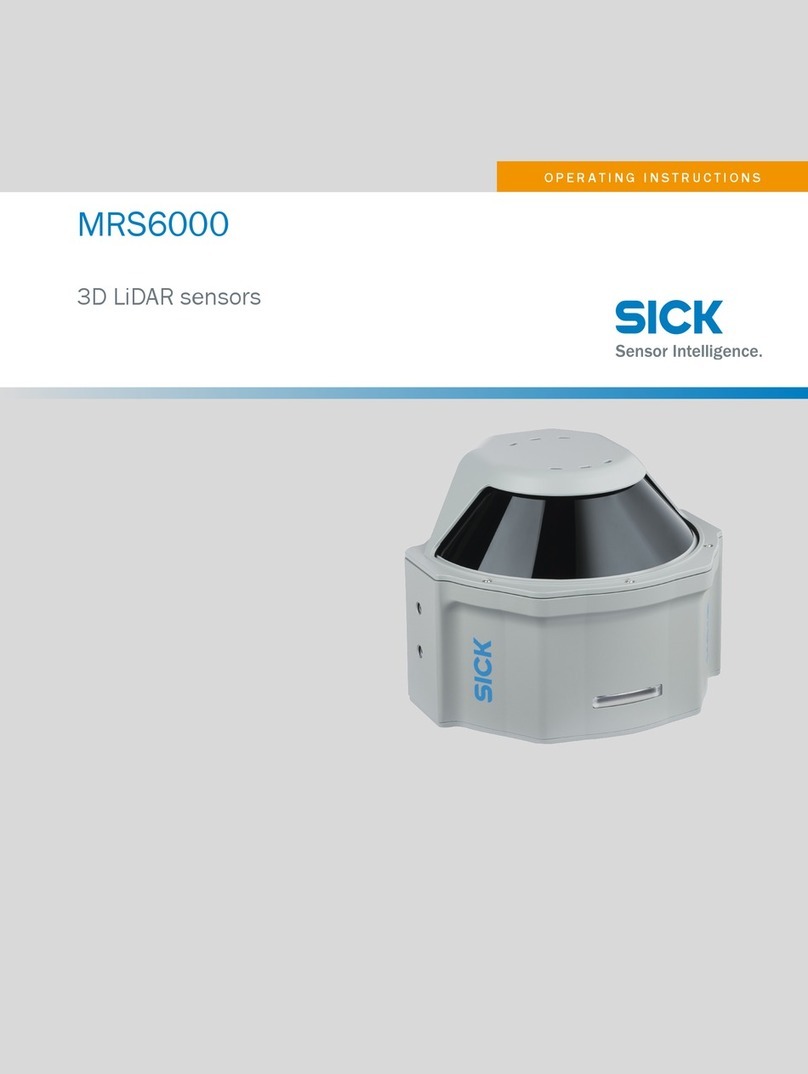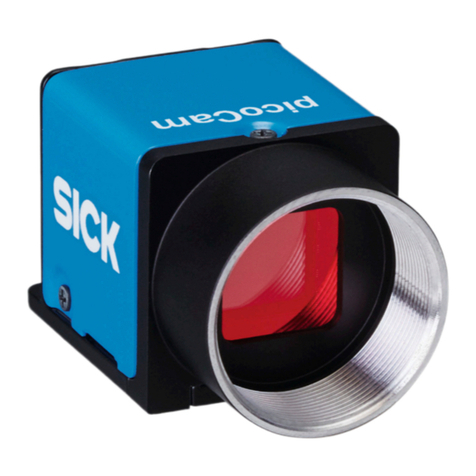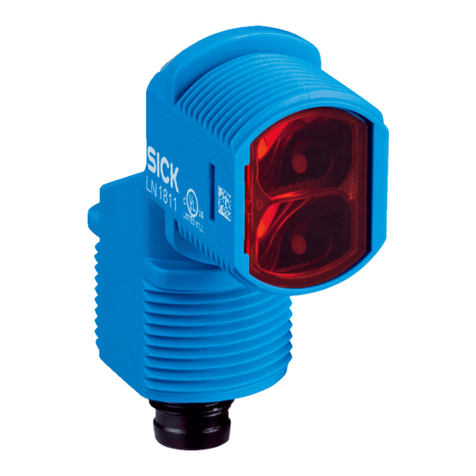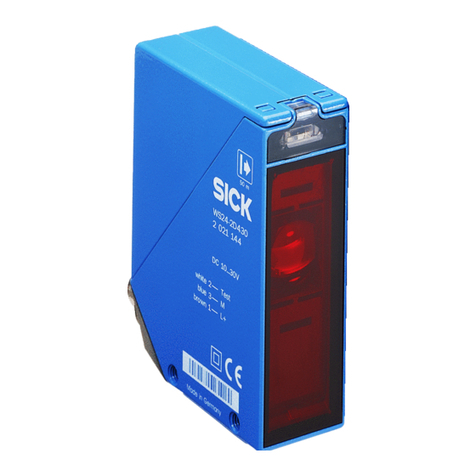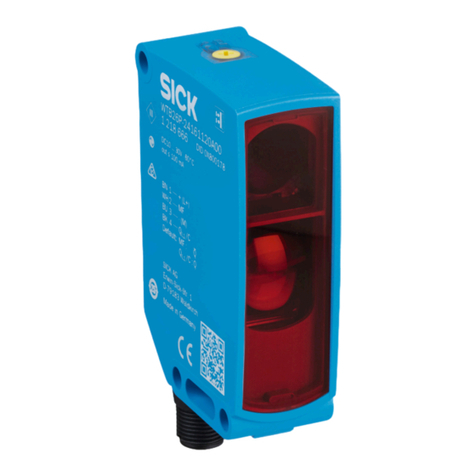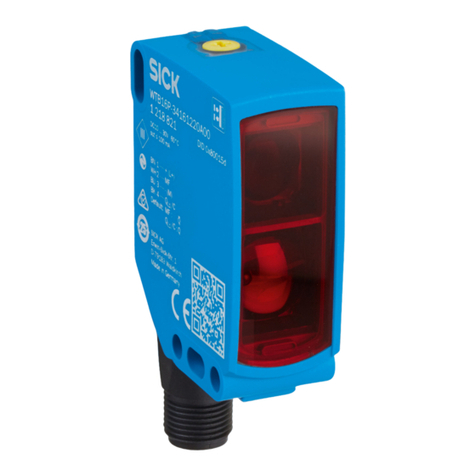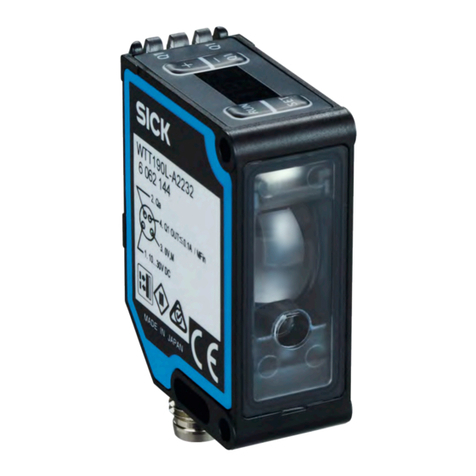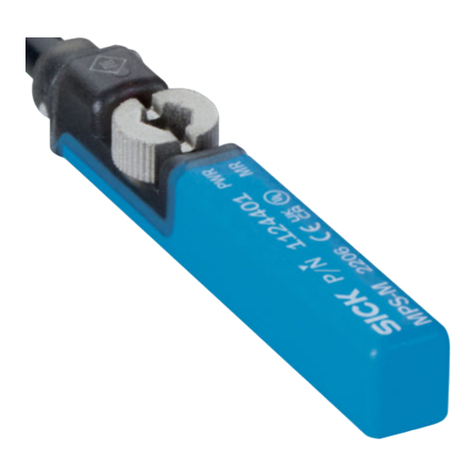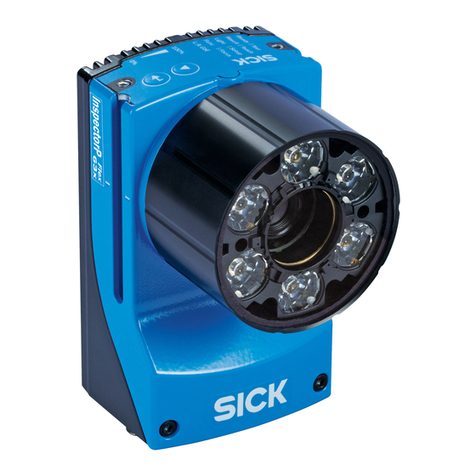
Contents
1 About this document........................................................................ 5
1.1 Information on the operating instructions.............................................. 5
1.2 Explanation of symbols............................................................................ 5
1.3 Further information................................................................................... 6
2 Safety information............................................................................ 7
2.1 Intended use............................................................................................. 7
2.2 Improper use............................................................................................. 7
2.3 Cybersecurity............................................................................................ 7
2.4 Limitation of liability................................................................................. 8
2.5 Modifications and conversions................................................................ 8
2.6 Requirements for skilled persons and operating personnel.................. 8
2.7 Operational safety and specific hazards................................................. 9
3 Product description........................................................................... 10
3.1 Scope of delivery....................................................................................... 10
3.2 Setup and dimensions............................................................................. 11
3.3 Display and operating elements.............................................................. 12
3.4 Type code.................................................................................................. 12
3.5 Product identification............................................................................... 13
3.6 Principle of operation............................................................................... 13
3.6.1 Measurement principle........................................................... 13
3.6.2 Range finding........................................................................... 14
3.6.3 Direction measurement.......................................................... 14
3.6.4 Object sizes.............................................................................. 15
3.6.5 Impact of object surfaces on the measurement................... 16
3.6.6 Scanning range........................................................................ 18
3.6.7 Filter.......................................................................................... 19
3.6.8 Calculation of the field size for mobile applications.............. 21
4 Transport and storage....................................................................... 25
4.1 Transport................................................................................................... 25
4.2 Unpacking.................................................................................................. 25
4.3 Transport inspection................................................................................. 25
4.4 Storage...................................................................................................... 25
5 Mounting............................................................................................. 27
5.1 Mounting instructions............................................................................... 27
5.2 Mounting device....................................................................................... 27
5.3 Mutual interference.................................................................................. 28
6 Electrical installation........................................................................ 29
6.1 Prerequisites for safe operation of the device........................................ 29
6.2 Electrical block diagram for commissioning........................................... 32
6.3 Wiring instructions.................................................................................... 32
CONTENTS
8024231/1G72/2022-05-27 | SICK O P E R A T I N G I N S T R U C T I O N S | TiM781 3
Subject to change without notice
